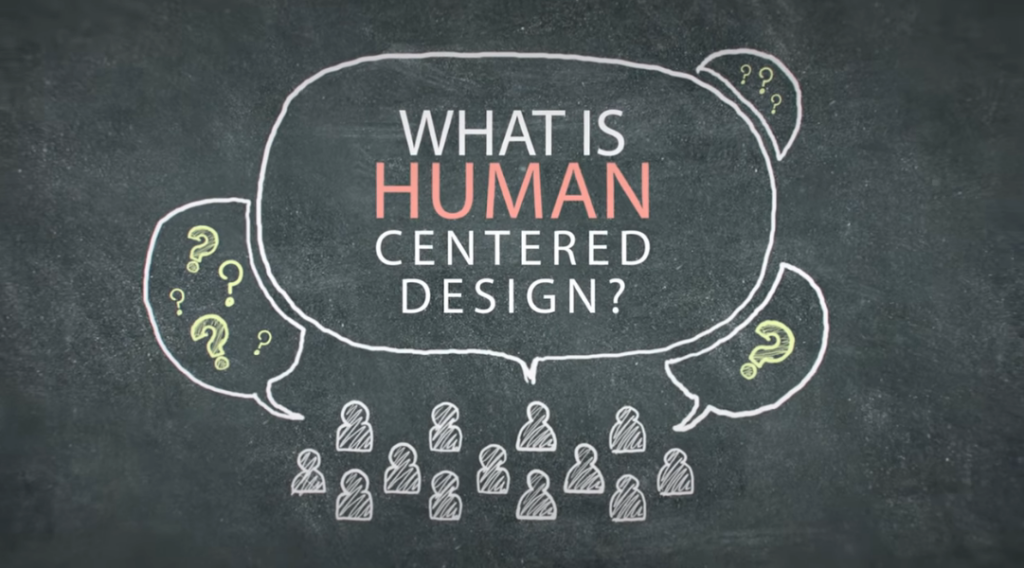
Human-centred design (HCD) is a creative approach to problem-solving that can be applied to programme development, adaptation, or improvement. It involves a participatory process of collecting information and inputs, using creative tools to generate multiple ideas, and then rapidly testing and refining them before settling on a strategy or approach. HCD borrows techniques from the design world—such as prototyping, where a designer creates simple ‘mockups’ of an idea for people to react to in real time.
Unlike traditional formative research, HCD is quick, is intuitive, and benefits from iterative cycles of refinement based on user feedback.
It enlists community members in the design process and can be applied to anything from honing recruitment strategies to improving content to tweaking delivery mechanisms. In the context of violence prevention, HCD holds particular promise for refining content and messaging and for resolving persistent challenges, such as how to engage men.
This page contains resources on basic HCD techniques and spotlights creative examples of its use in violence prevention.

The Field Guide to Human-Centred Design

What is Human-Centered Design?

Design Thinking for IPV Prevention

Human-Centred Design Africa Toolkit

